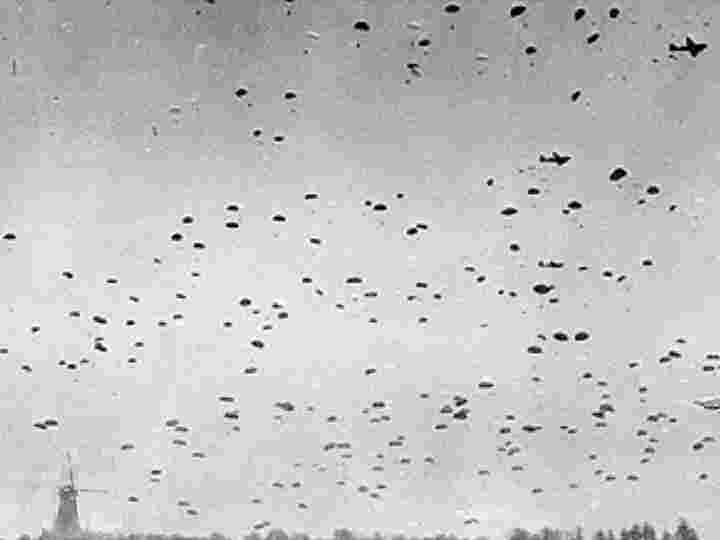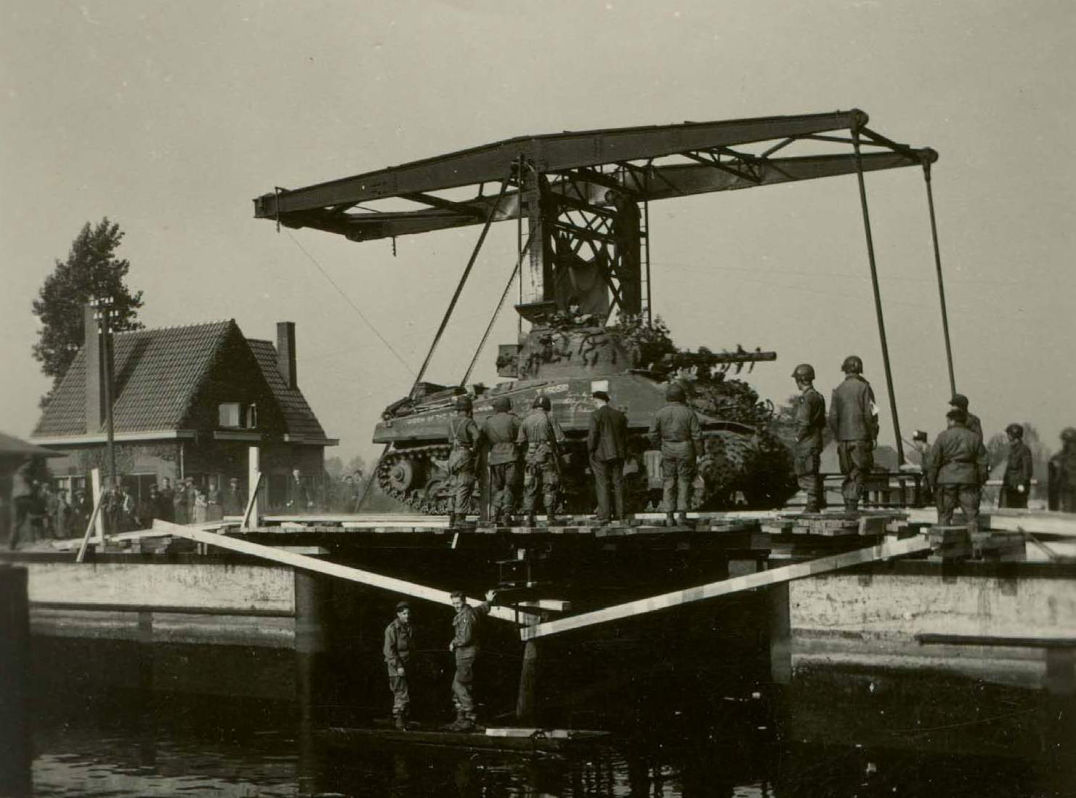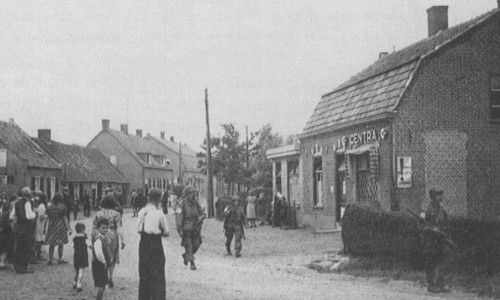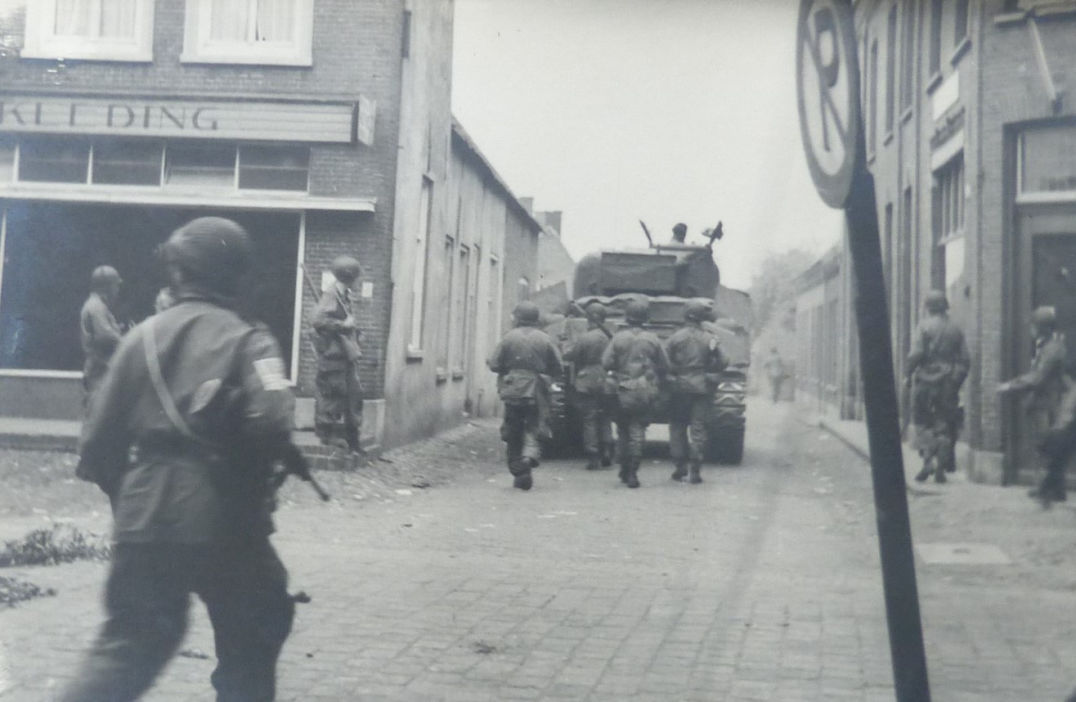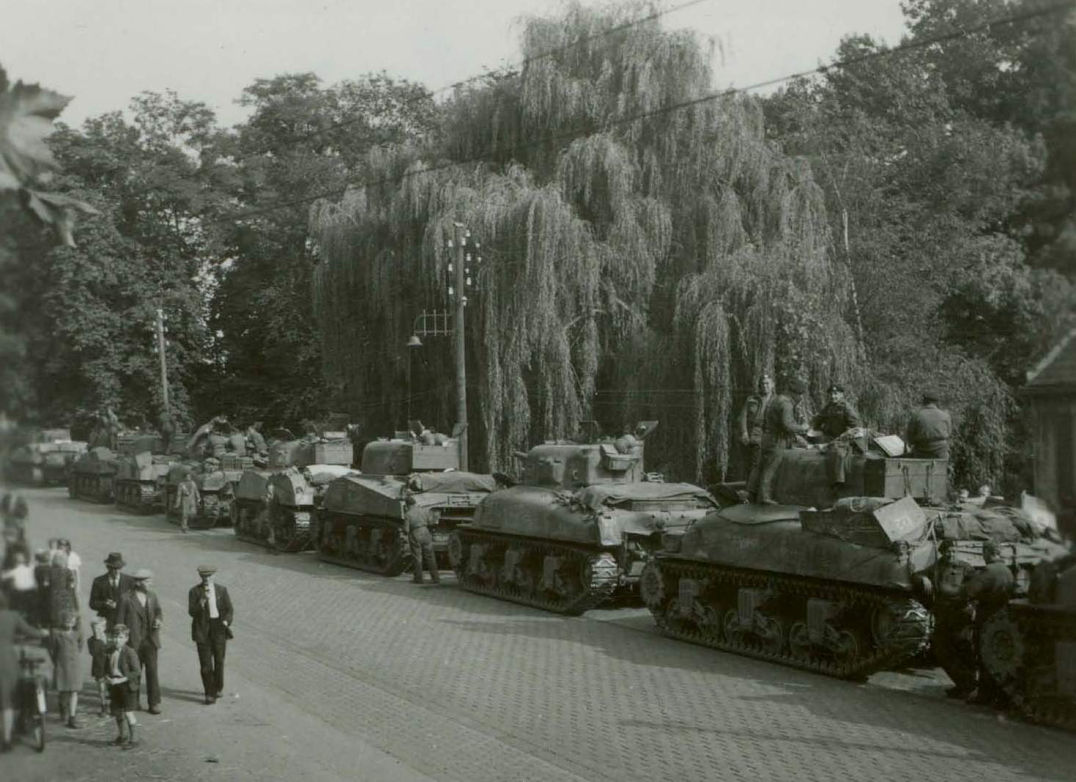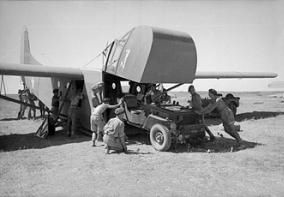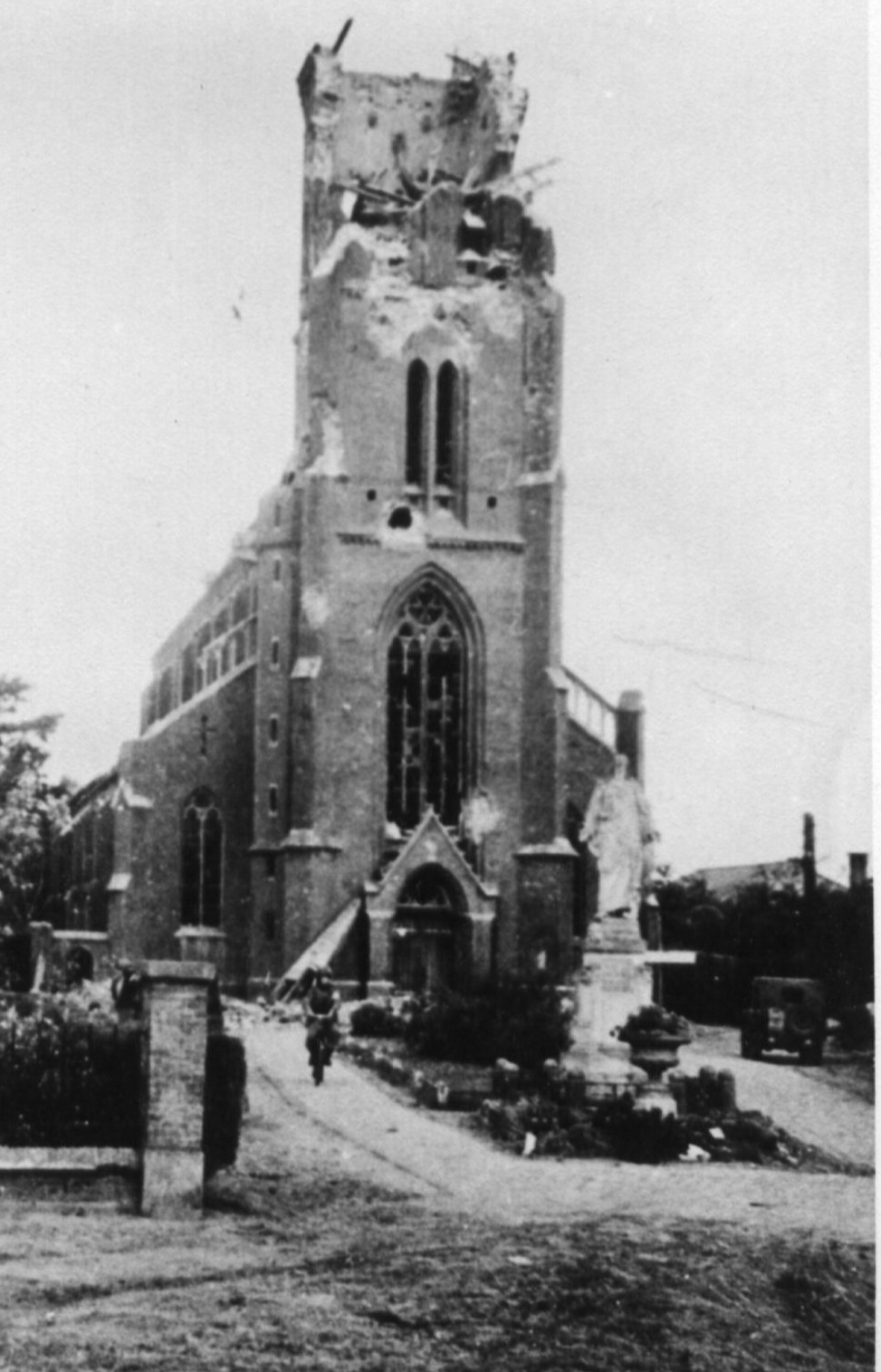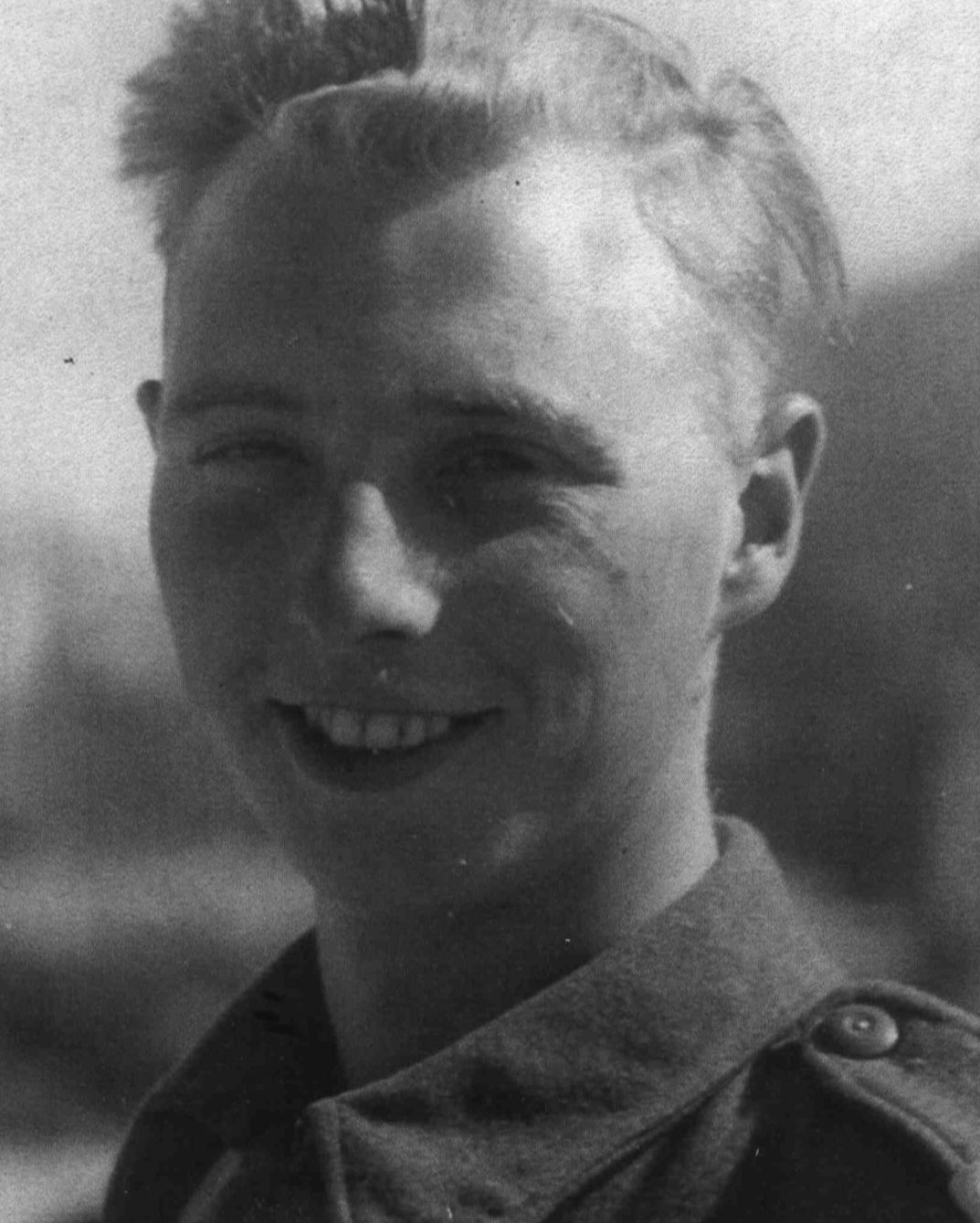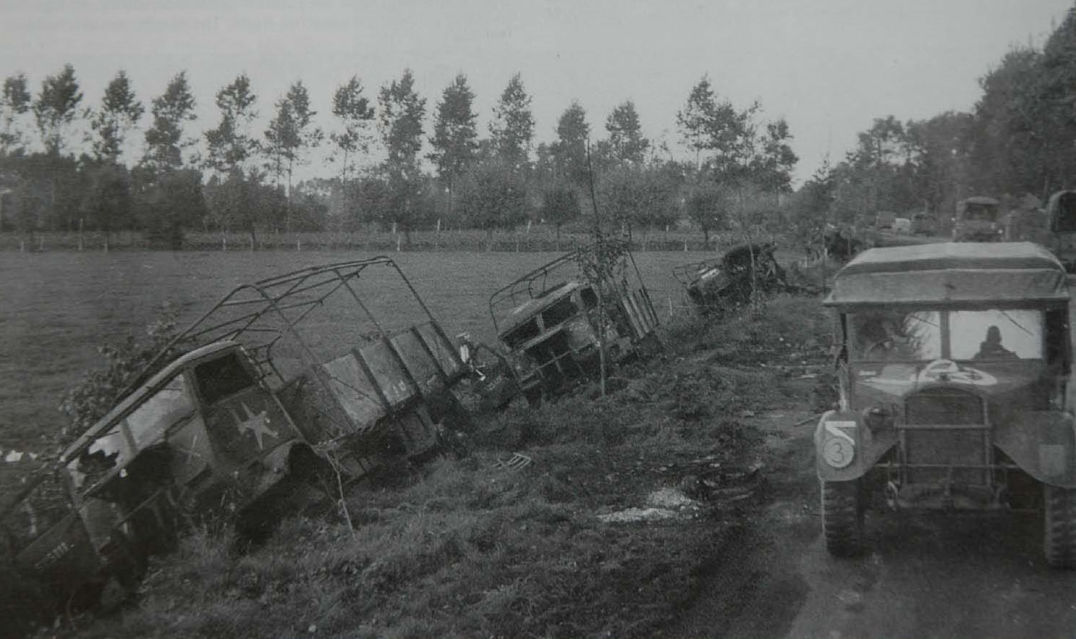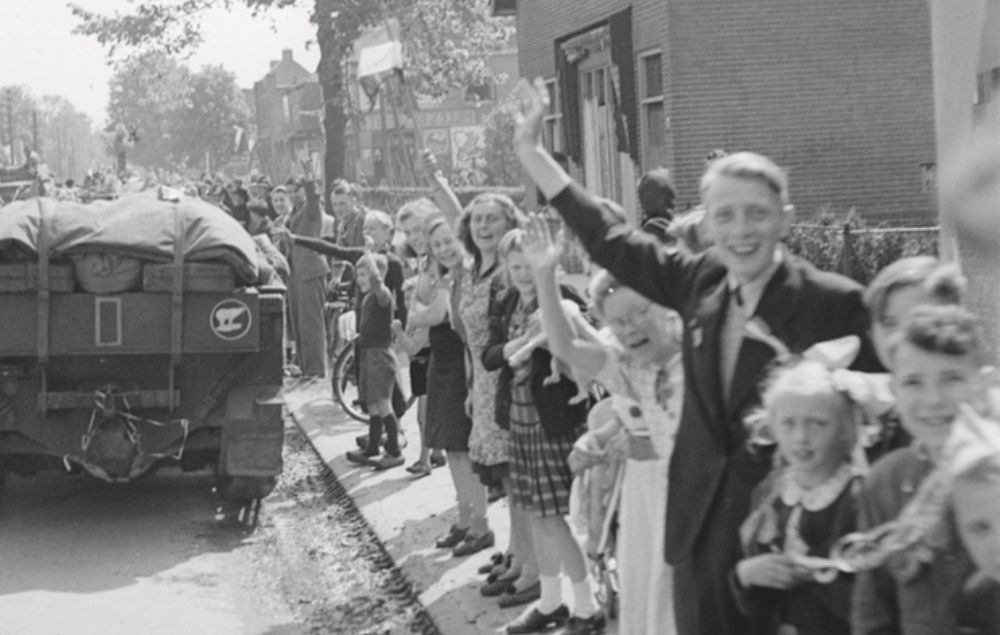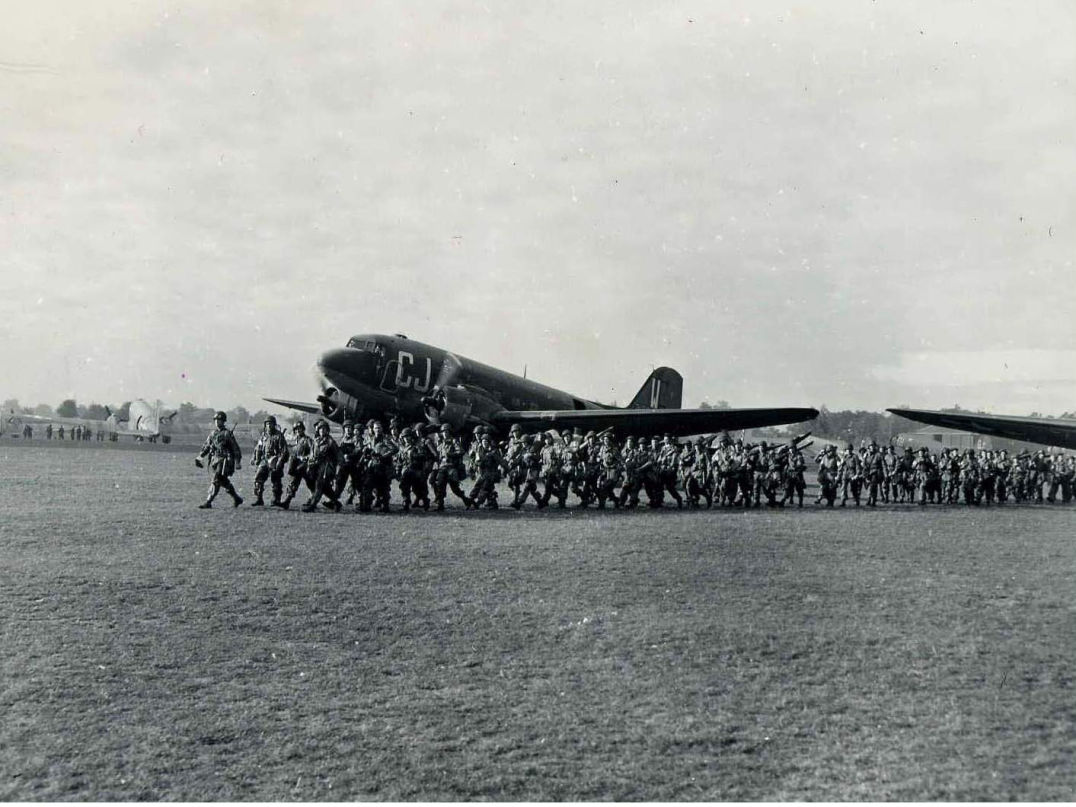
Heading for the planes
LIBERATION
Sumday September 17th, 1944
It was a beautiful sunny day in the occupied Netherlands. Like every Sunday, the people of Eerde were together in church to pray for better times. From the reports that came in from Belgium, the parishioners knew that the liberators were not far away.
And when Father Willenborg announced from the pulpit that "something" was going to happen, the people immediately understood what he meant.
Bernard van Dam played the first notes of the Dutch National Anthem from the church organ ........
At that time the paratroopers of the American 101st Airborne Division were already on their way to the Netherlands. As part of Operation Market Garden, the area around Eerde was designated as drop zone for the 2nd and 3rd battalion of the 501st Parachute Infantry Regiment. Together with the 1st battalion, which landed north of Veghel, they had to capture a part of the corridor to Arnhem and keep it open for the advance of the English 30th Corps.
